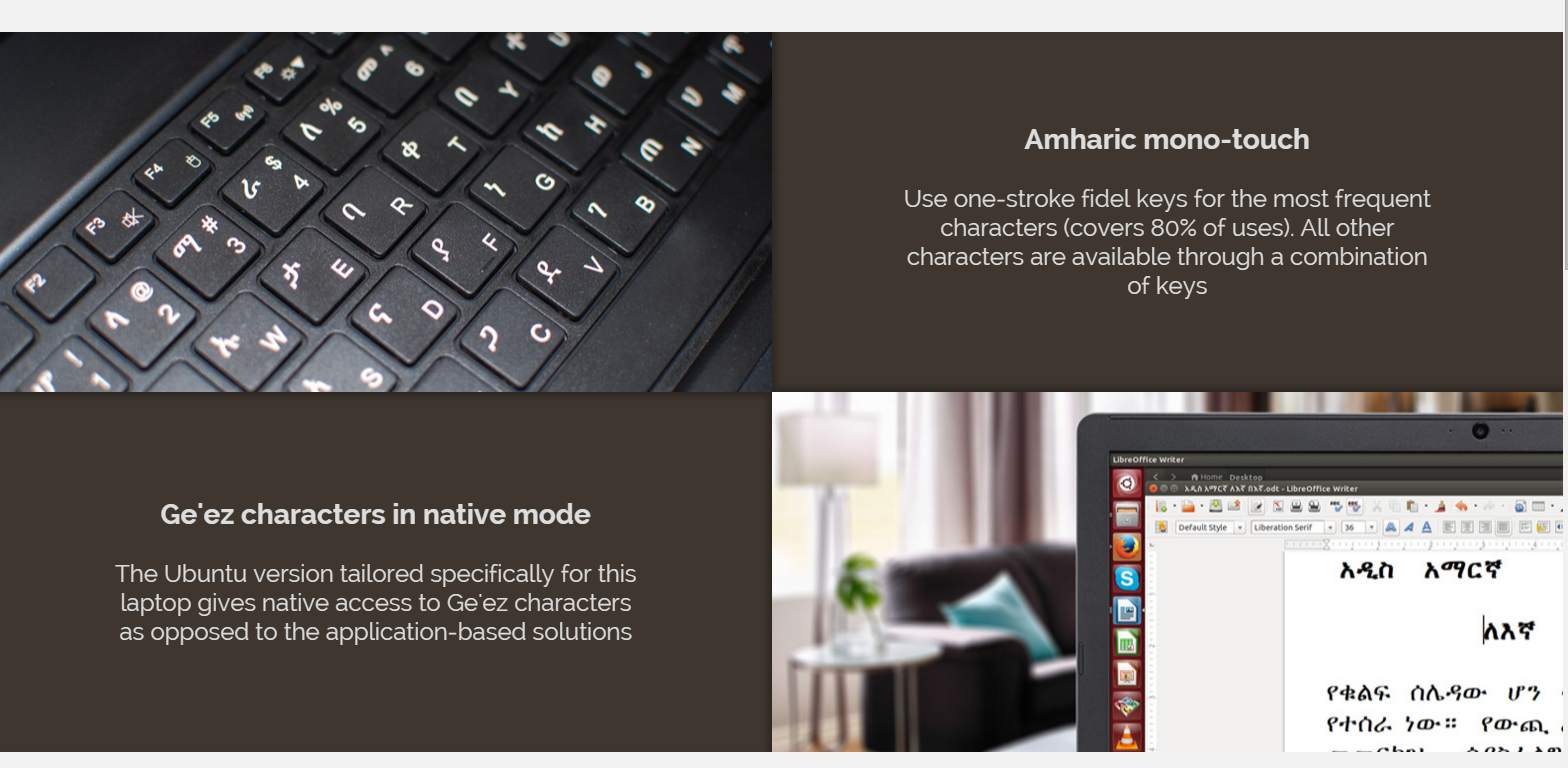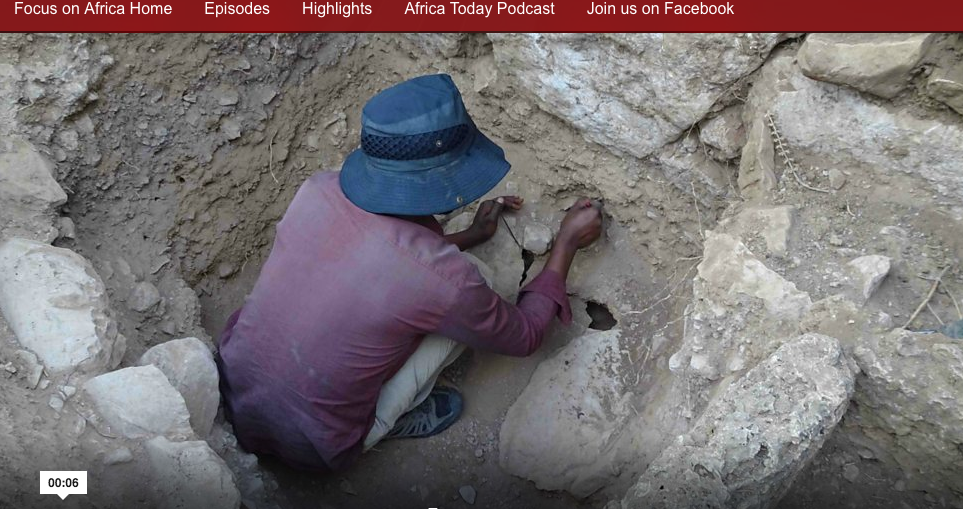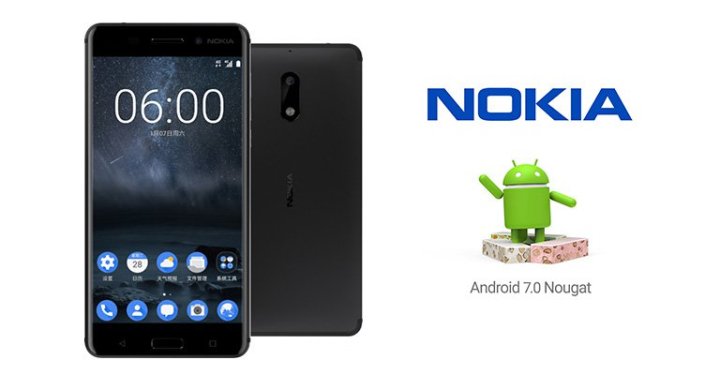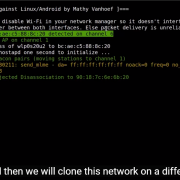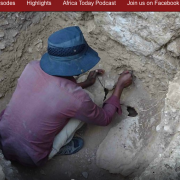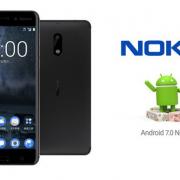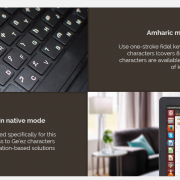CAESAR SENGUPTA REACHES into his hip pocket and pulls out a PC. About the size of a cigar, it’s a tiny PC. But it’s a PC. If you plug it into an LCD display or a TV, you can run the sort of software you typically run on a personal computer, from word processors and spreadsheets and email to online video.
This is the Asus Chromebit, and according to Sengupta, it will reach the market this summer, priced at less than a hundred dollars. Sengupta is the Google vice president who helps oversee the distribution of Chrome OS, the Google operating system that runs the Chromebit. The device is a bit like the Google Chromecast—the digital stick that plugs into your television and streams video from the internet—but it does more. Google pitches it as something that lets you walk up to any LCD display and instantly transform it into viable computer, whether it’s sitting on a desk in a classroom, mounted on the wall in an office conference room, or hanging above the checkout counter in a retail store or fast food joint. “Think about an internet cafe,” Sengupta says during a gathering at Google’s San Francisco offices. “Think about a school lab.”
The device is part of a new wave of machines that use Chrome OS, an operating system built for the internet age. Based on the Google Chrome web browser, the OS is designed for use with internet-based applications such as Google’s Gmail email service and its Google Docs word processor, reducing our dependence on the bulky local software that traditionally runs on PCs, moving tasks onto a cheaper breed of hardware as a result, and, ostensibly, improving security. Over the past several years, Google has pushed its Chromebook laptops and other Chrome OS machines into schools and, to a lesser extent, government agencies and businesses. Now, with several new devices, including a fresh crop of laptops as well as the Chromebit, the company is renewing this push, continuing to challenge Microsoft for control of the rather lucrative business and educational software markets.
Today, Google is unveiling several of these laptops, including two $149 models, from manufacturers Haier and Hisense, that will sell through Amazon.com and Walmart. And this summer, Asus will also roll out an ultra-thin Chromebook that converts into a touchscreen tablet (see above). But the Chromebit is the most intriguing play—if only because it shows how small and how inexpensive PC hardware has become in recent years, how much the line has blurred between PCs, TVs, and mobile devices such as phones and tablets.
This month, Intel will start shipping a similar device called the Intel Compute Stick, which brings Microsoft’s Windows operating system to TVs and other displays. And Dell already offers a device called Wyse Cloud Connect, which works even more like the Chromebit. Certainly, these are niche devices. But they point to a future world where large-screen computers are far more prevalent.
The trend begins with the Chromecast and similar streaming TV devices from the like of Amazon. With tiny, inexpensive sticks, you can transform older televisions into so-called smart TVs, streaming movies and shows from internet services such as YouTube, Netflix, and Amazon Prime Video. But they’re also mini-PCs. Google product manager Josh Woodward says he and his team offer use the Chromecast to get presentations onto conference room displays. This, he explains, is easier than connecting a laptop or using a projector.
The Chromebit is really just an extension of this idea. Equipped with much the same hardware as a Chromebook laptop, Sengupta says, it’s more powerful than a Chromecast, which just means it’s better at running more applications. Google believes the devices—equipped with an HDMI port—will provide a way of quickly upgrading existing PCs and perhaps even accelerate the rise of computerized displays inside stores and restaurants. Rajen Sheth, another Google VP who has helped lead the company’s push onto business hardware, says that the price of PC hardware and displays has dropped so low, it may now be cheaper to built digital signage than a traditional paper sign. If you print out a 42-inch paper sign at a place like Kinkos, it’ll cost about two hundred dollars, he says, and that same price will eventually get you a 42-inch LCD and a Chromebit.
J.P. Gownder, an analyst with research outfit Forrester, who has closely tracked the rise of Google’s Chrome OS business, rightly points out that there other things to consider. In using these types of PC sticks, he explains, you still need a good way of navigating the software it serves up—a keyboard and mouse or some alternative (the Chromebit offers USB and Bluetooth connections). “A device like this has utility, but the problem is interface,” he says. “The utility is not as cut and dried as it many seem.” And because Chrome machines aren’t really built to run local software, they aren’t suited to all situations.
But Google is working to provide ways of running more local software. This includes versions of online tools such as Google Docs and Gmail that also work offline, classic business software from the companies like SAP, and apps originally built for phones and tablets that run Google’s Android mobile operating system. It’s another nice metaphor for the ever changing world of computer hardware. As time goes on, the distinctions will break down even further—between phone and tablet, tablet and PC, PC and television.
Source :
http://www.wired.com/2015/03/google-unveils-chrome-stick-turns-display-pc/
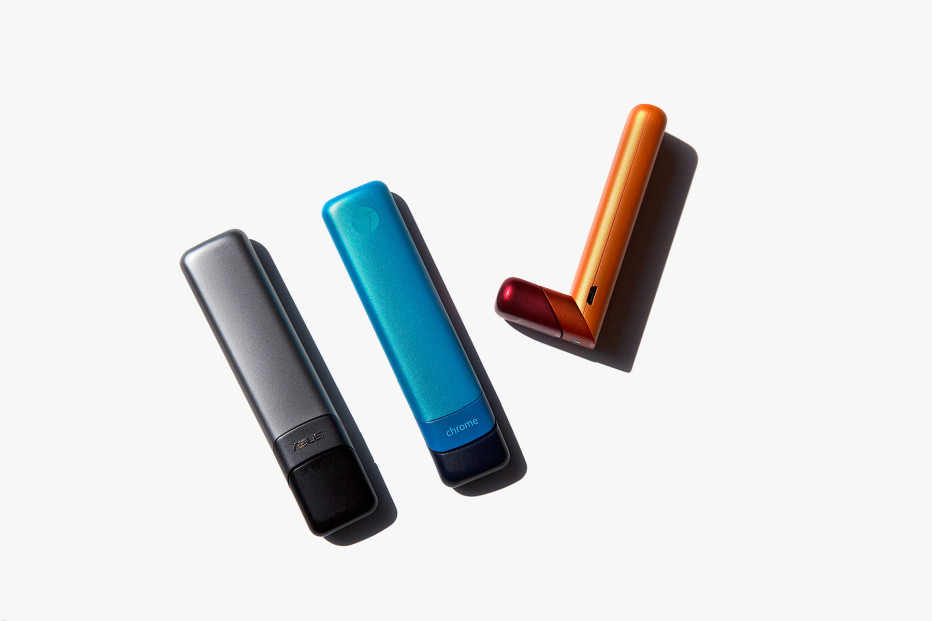
Read more



